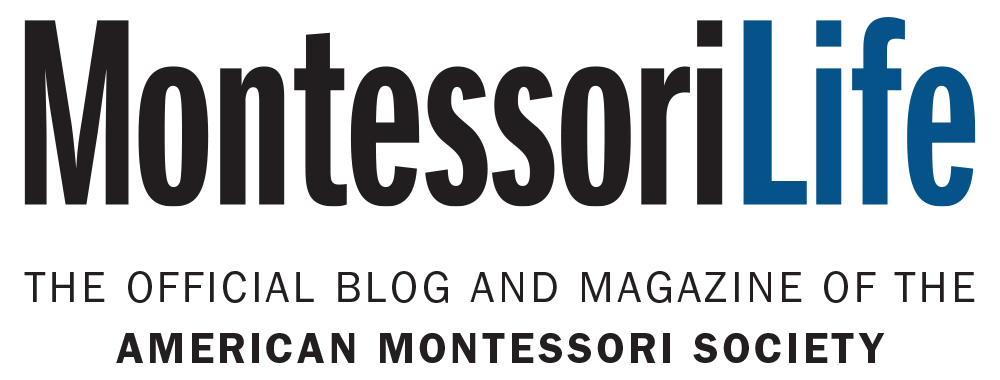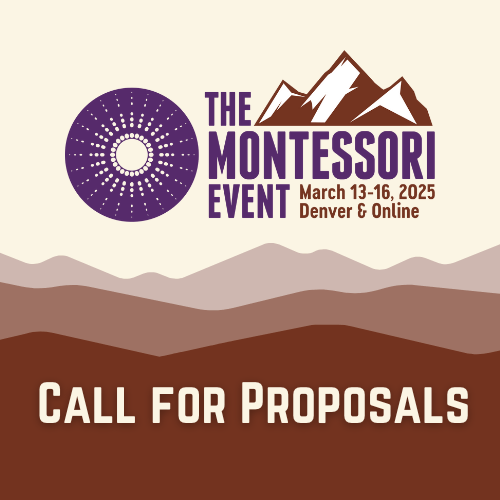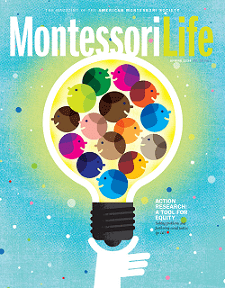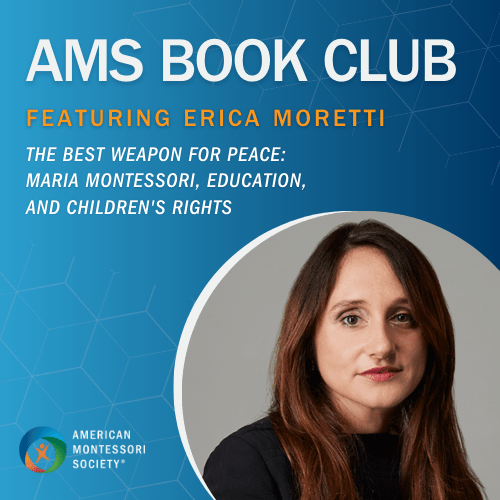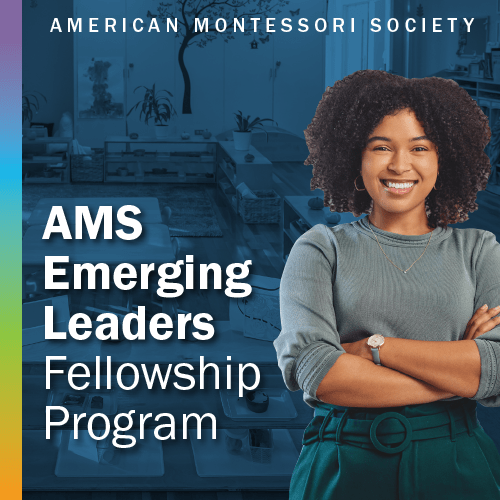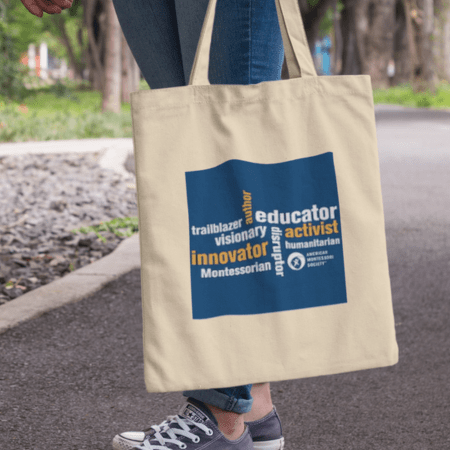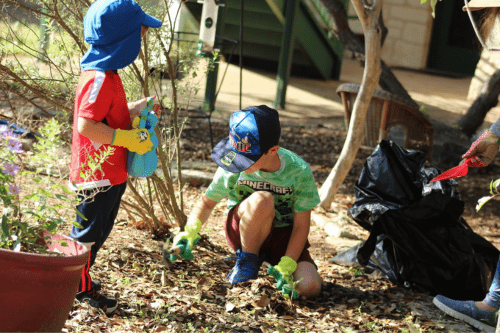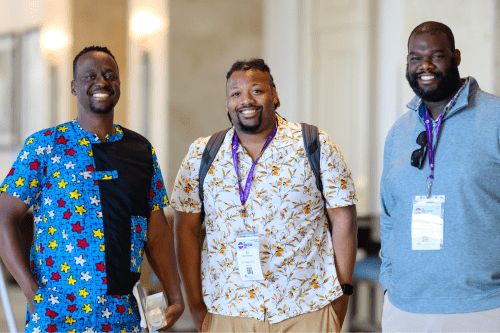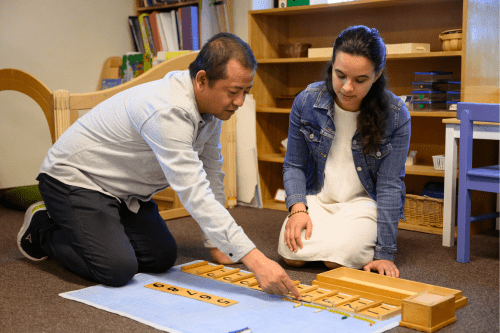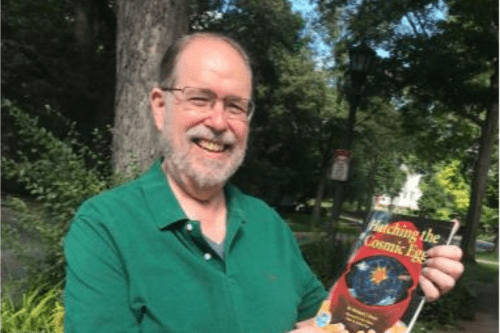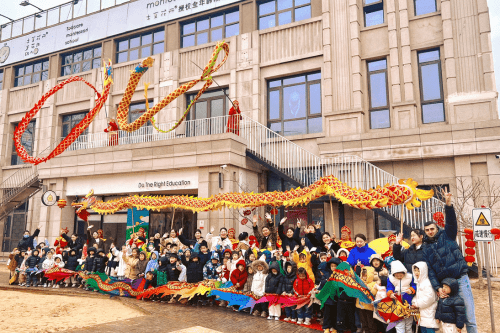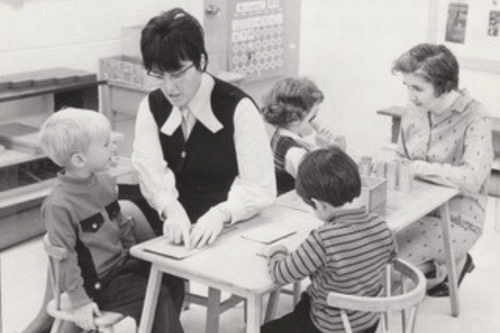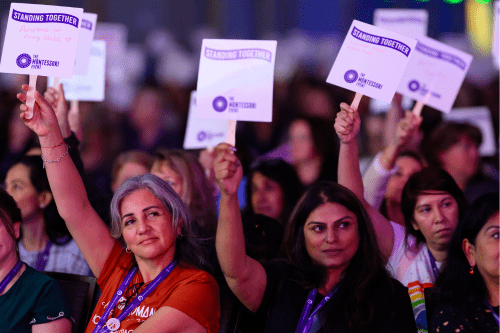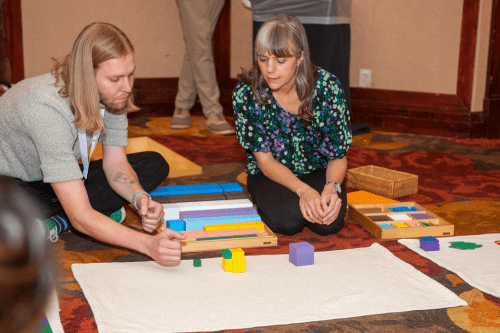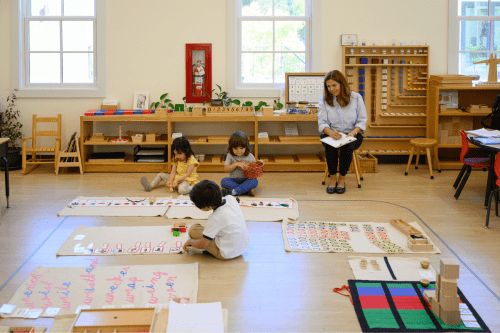Language and Culture Erasure: An Indigenous Perspective
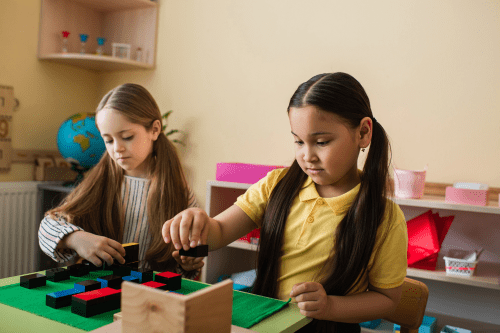
This essay appears in the AMS special publication, Equity Examined: How to Design Schools and Teacher Education Programs Where Everyone Thrives.
MY experience is unique, just like yours. As an Akwesasne Mohawk, I grew up in the seat of the Haudenosaunee Confederacy. Onondaga language and culture classes were an integral part of my elementary school experience at the Onondaga Nation School. My family embraced traditional community practices and much of my identity stems from these foundational years of my life.
For many years, Indigenous language and culture have been successfully passed on to generations of children, but fewer and fewer people speak fluently. Some Indigenous communities have already Indigenized Montessori, and use the Method as a tool that enhances existing language and culture programs. However, there is still so much work that could be done in education and curriculum, especially by non-Indigenous peoples. Language and culture erasure did not happen overnight, but were structured government-endorsed assimilation programs that took place across the continent (and in most colonized places across the Earth); this continues to impact generations of Indigenous people.
For centuries, Indigenous Peoples of North America have been beaten and killed in efforts to “Kill the Indian, save the man,” as proclaimed by Captain Richard H. Pratt, the founding director of the most infamous assimilation program at Carlisle Indian School, a Pennsylvania institution that boarded children forcibly stolen from more than 140 tribes. Historically, throughout Canada and the United States, these Indian boarding schools and assimilation programs intentionally warped and corrupted the spirit of Indigenous children with the goal of erasing Indigenous identity. Because Indigenous children were censored or punished any time they tried to express their language and culture, they learned to smother and deny their identity in order to survive. !e result? !ousands of Indigenous children were taught to hate themselves, their languages, their cultures, their identities. !is collective intergenerational trauma is an unwanted legacy that has not been healed, and continues to create serious dysfunctions in Indigenous identities, families, and communities.
According to the United Nations Permanent Forum on Indigenous Issues, approximately one Indigenous language dies every two weeks. On the other hand, the Forum also declares that if Indigenous language, culture and educational “programs are designed specifically around decolonizing learning methodologies and prioritizing Indigenous perspectives, traditional Indigenous beliefs can be integrated into curriculums to preserve valuable cultural and historical views.”
Maria Montessori knew the importance of nurturing the child’s spirit and growing sense of identity and the Montessori method evolved to support and protect this delicate time of human development. She reminds us that “children are human beings to whom respect is due, superior to us by reason of their innocence and of the greater possibilities of their future.” It’s time to work to repair the damage that dominant and colonizer culture still inflicts on Indigenous Peoples–it’s time to Indigenize Montessori. It’s time to be intentional, culturally sensitive, and to take “an intentional, culturally sensitive, and appropriate approach to adding Indigenous ideas, concepts, and practices into curricula, when and where it is appropriate.”
The time is now to give due respect to Indigenous identities; our role as prepared adults can empower both Indigenous and non-Indigenous children in their developing love for language and culture. We must do our best to be an ally to Indigenous Peoples today by purposefully sharing Indigenous culture in our classrooms, with our families, and with each other. Let’s Indigenize Montessori. Let’s walk the path together.
Register Now
As an AMS member, you have access to Equity Examined: How to Design Schools and Teacher Education Programs Where Everyone Thrives. Become a Member today.
REFERENCES
United Nations Permanent Forum on Indigenous Issues. “Indigenous Languages.” https://www.un.org/development/desa/indigenouspeoples/wp-content/uploads/sites/19/2018/04/Indigenous-Languages.pdf
University of Saskatchewan. “Indigenization.” https://teaching.usask.ca/curriculum/indigenization. php#EldersMessage
AUTHOR
Sinuda Kapalczynski
Interested in writing a guest post for our blog? Let us know!
The opinions expressed in Montessori Life are those of the authors and do not necessarily represent the position of AMS.

